Top 9 Rock Festivals
This week Classic Rock Review joins the celebration of the 45th Anniversary of the historic 1969 Woodstock Music Festival. In conjunction with Top 9 Lists, we present a list of the Top 9 […]

This week Classic Rock Review joins the celebration of the 45th Anniversary of the historic 1969 Woodstock Music Festival. In conjunction with Top 9 Lists, we present a list of the Top 9 […]
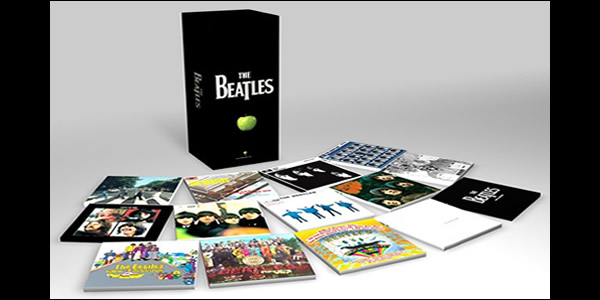
Ever since the beginning of the rock era, there have been compilations. As we mentioned in our very first special feature on The Album, long playing vinyl albums were simply a collection […]
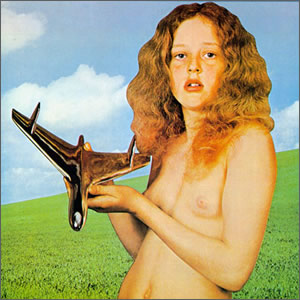
Buy Blind Faith Rising from the ashes of two defunct English rock bands, Blind Faith lived a very short life as a “super group” in 1969. Despite being together for less than one […]
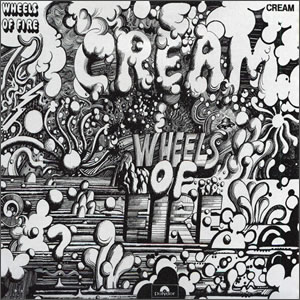
Buy Wheels of Fire The short-lived power trio Cream reached their apex with Wheels of Fire in 1968. This double album consists of one studio LP and one live LP, and it became […]
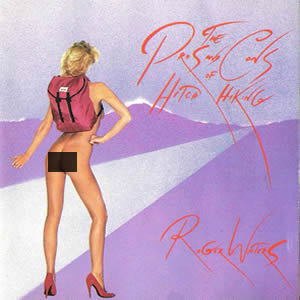
Buy The Pros and Cons of Hitch Hiking Roger Waters commenced his post-Pink Floyd career with a concept album that he largely composed while still an active member of the group in the […]
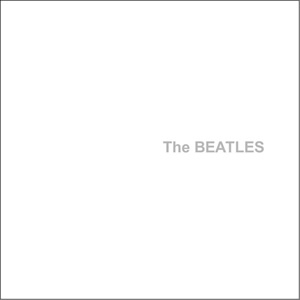
Buy The Beatles In 1968, The Beatles released their only double studio album, an eponymous release commonly referred to as The White Album. Despite the official title which emphasized group identity, the actual […]
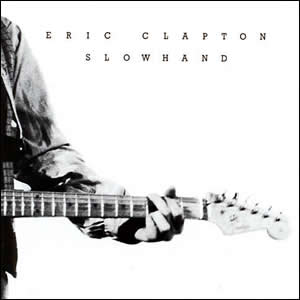
Buy Slowhand 1977’s Slowhand was the pinnacle of Eric Clapton’s pop-rock phase during the late seventies, fusing well-crafted rockers, ballads, alt country, and blues numbers. The album came a few years into Clapton’s […]
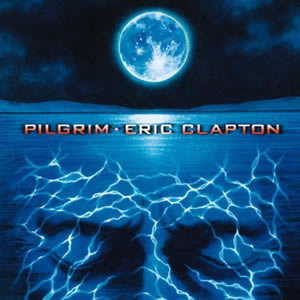
Buy Pilgrim The thirteenth overall studio album of his then-decades long solo career, Pilgrim was the first record by Eric Clapton in nearly a decade to feature all new studio material. The songs […]
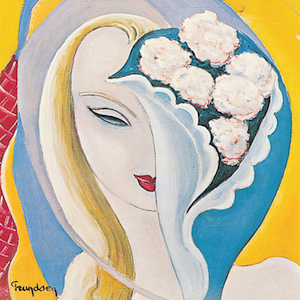
Buy Layla & Other Assorted Love Songs Layla and Other Assorted Love Songs was the sole studio album by super group Derek & the Dominos. A double length LP, the fourteen tracks on […]
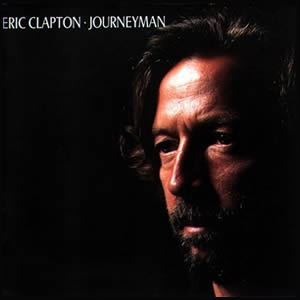
Buy Journeyman The 1980s seemed to have been a time for old time rockers to make incredible (albeit short) comebacks after several years in the wilderness. This was case with Paul Simon’s Graceland, […]